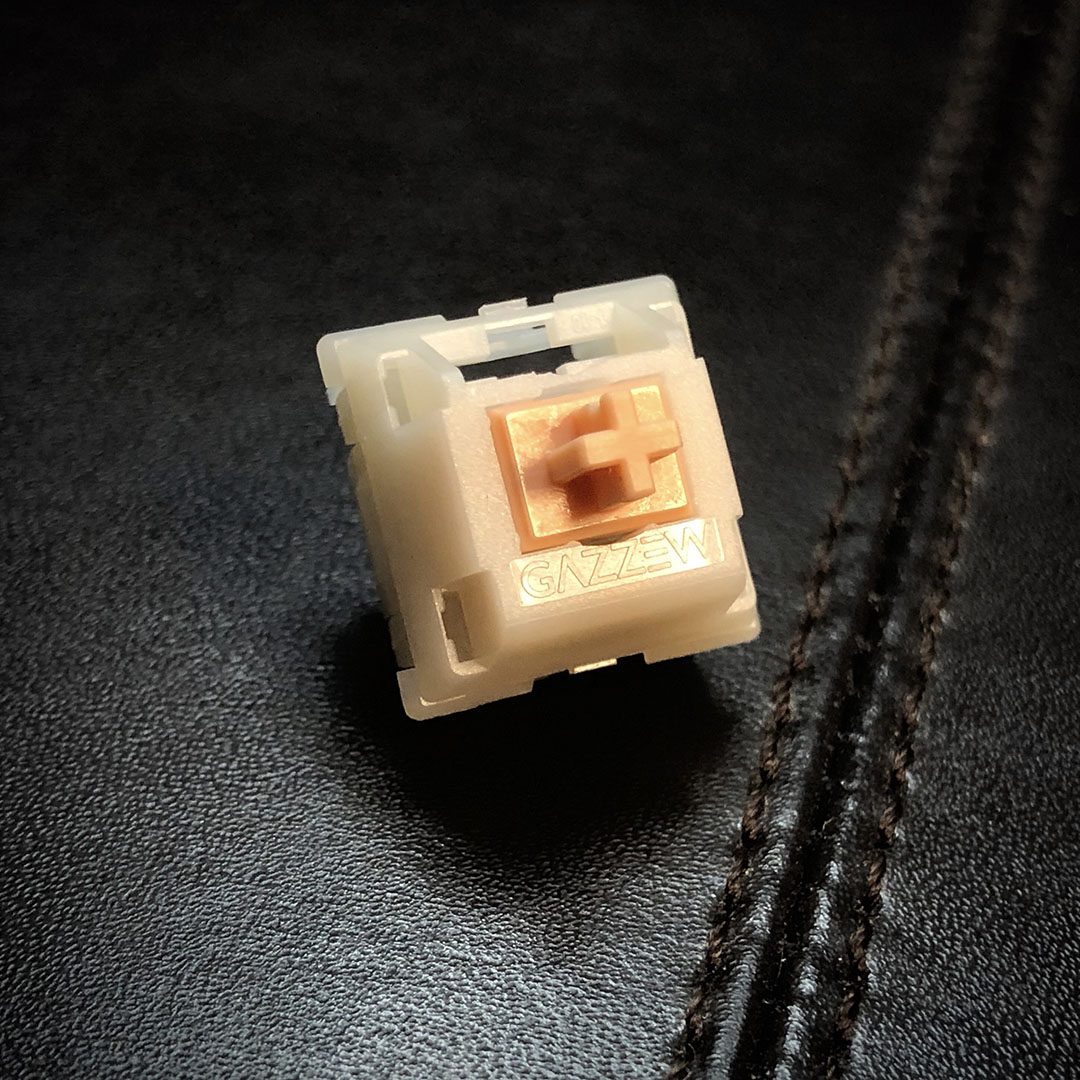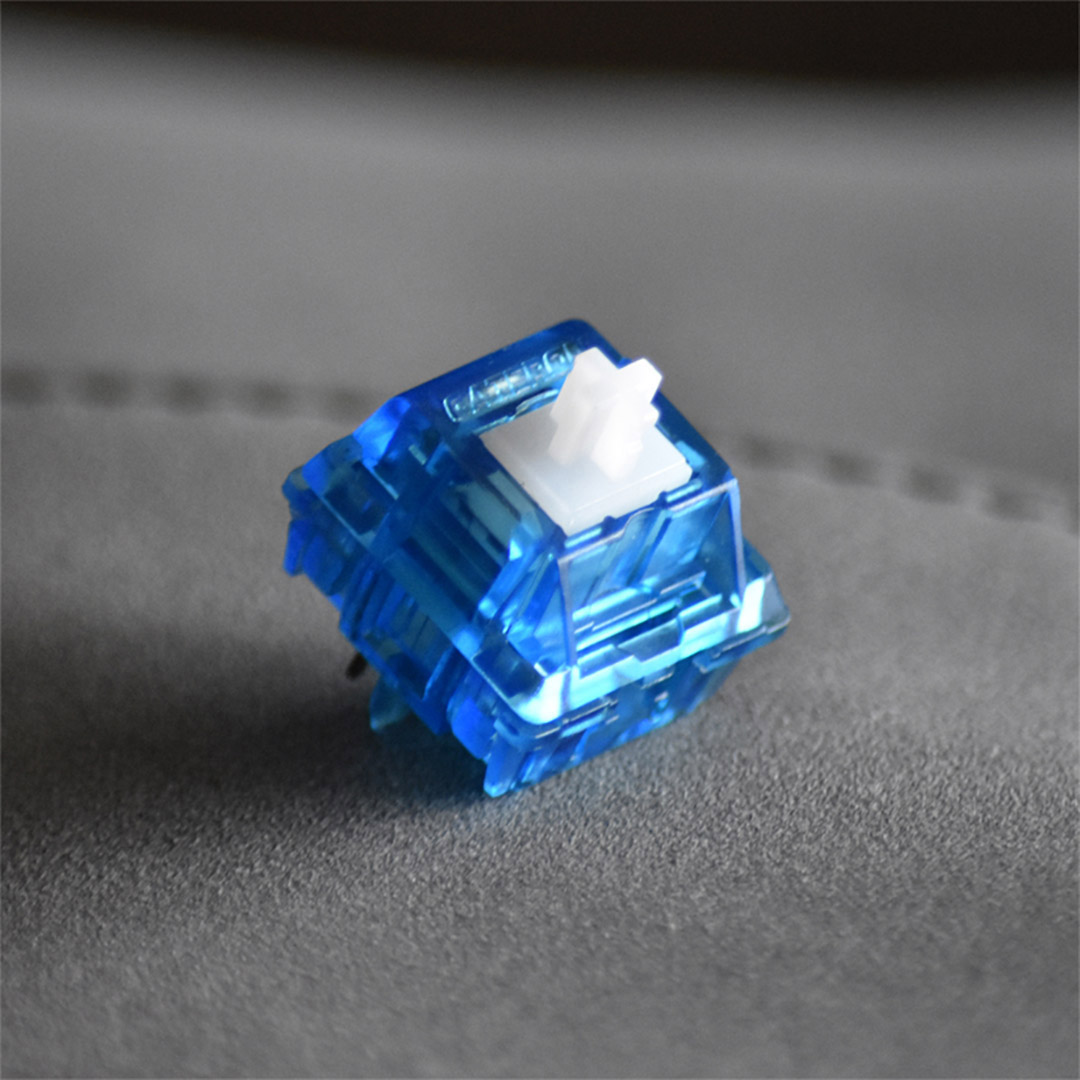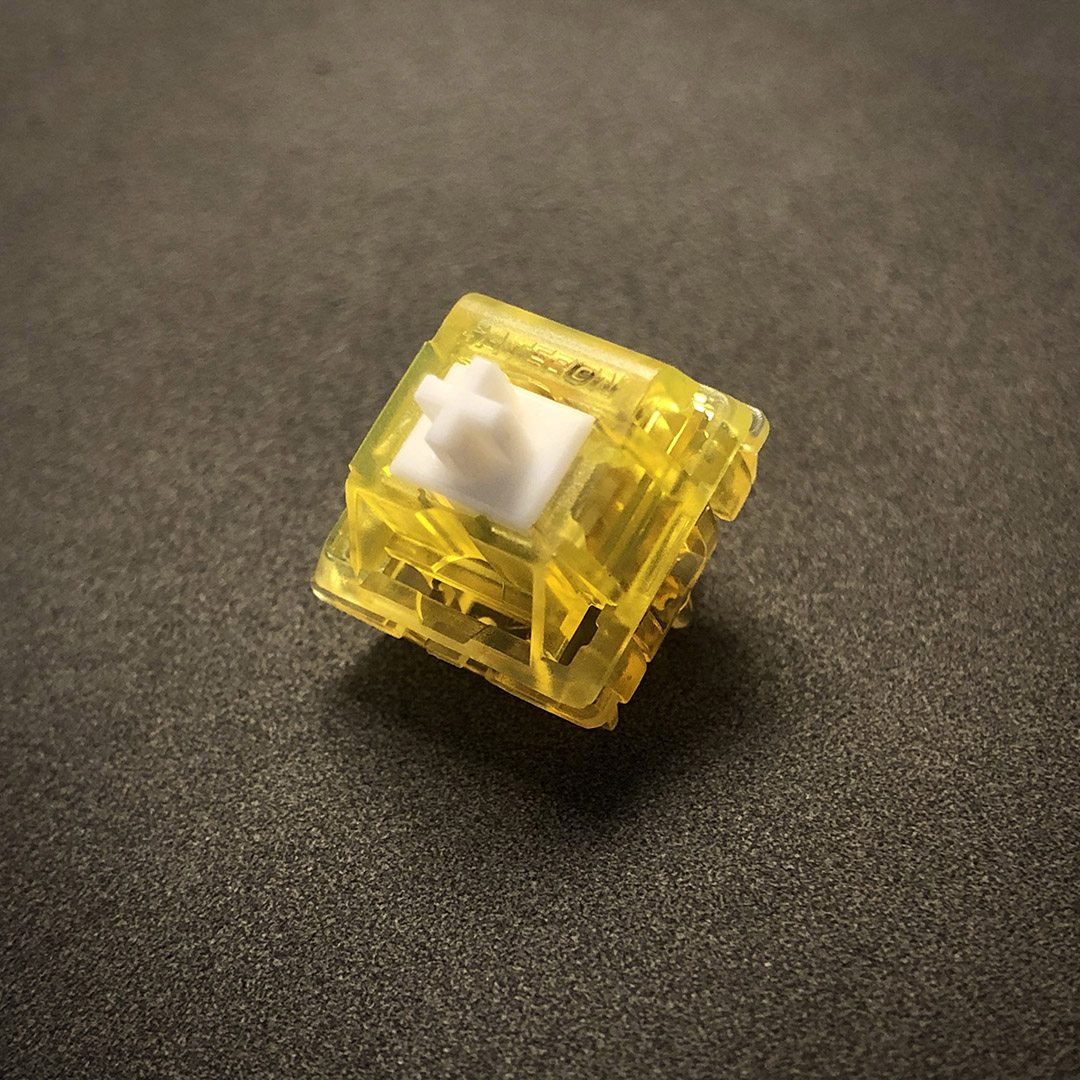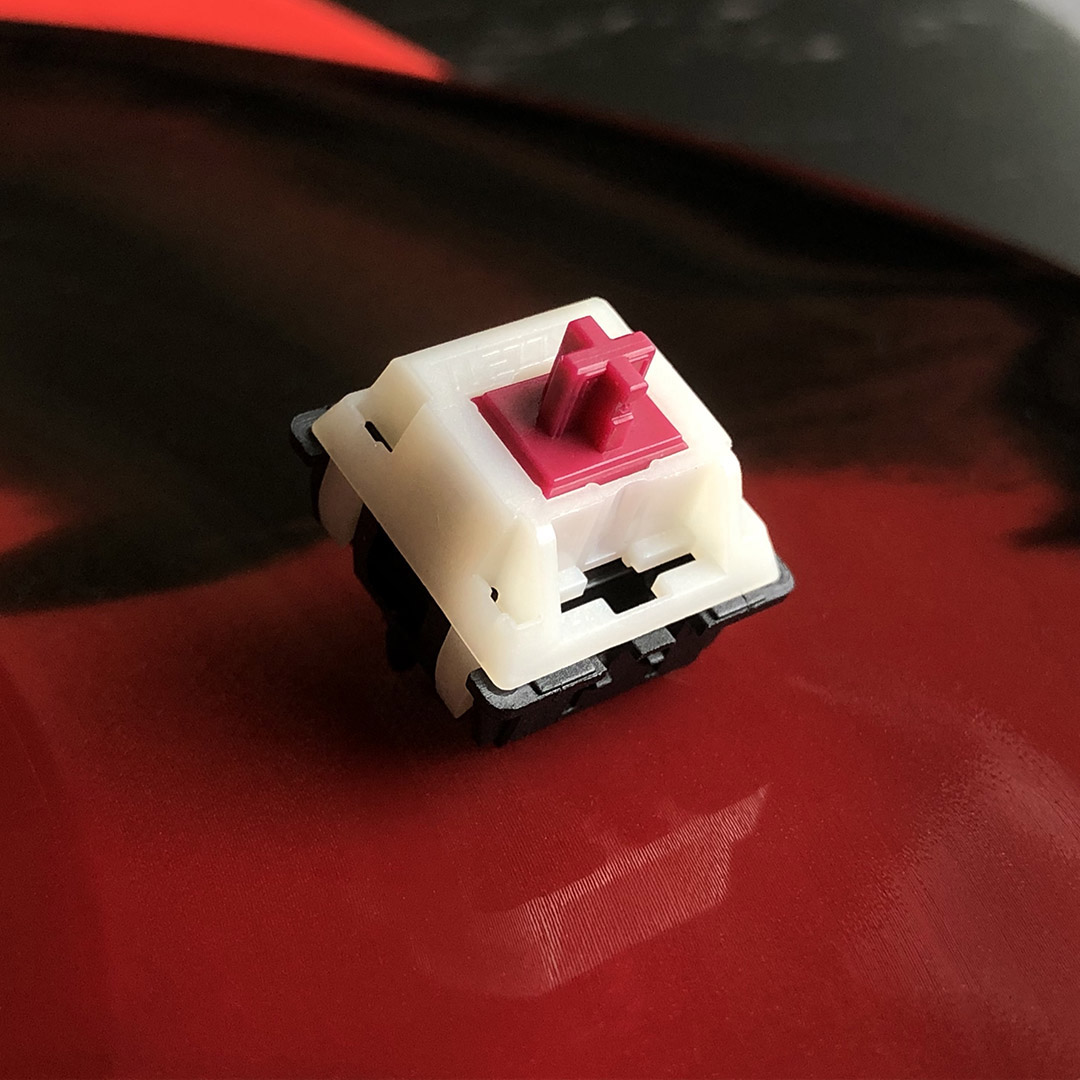Originally posted June 2021
Ah, Frankenswitching. For the neophyte, it is playground and pitfall alike. For many experts, it lies somewhere between begrudged annoyance and trivial pursuit. So why on Earth do I fool with it so much? Well – I’m here to give you fine folks an answer.
While some part of my monkey-brain would get satisfaction out of finding some miracle combo like the Holy Panda and being the first to claim it, this is not what keeps me cracking switches open late into the night.

FOR SCIENCE!
As much light-hearted jest is in that comment, it’s also true. The other side of the Holy Panda discovery is the tidal-wave of innovation and new interest it brought to the hobby. Think of how many good switches we have now as a result – whether they be strong tactiles seeking to imitate directly, more mild tactiles that take cues from the divine ursidae, or even the slew of new linears featuring longer stem poles chasing that distinctive sound. (These may have a more direct linage to other linear frankens, but I still believe it’s the HP hype that brought them attention – how many linears have been sold with a tagline something along the lines of, “like a Holy Panda, but linear!”
The Holy Panda is basically The Beatles of frankenswitching.

Illustration by @wintheart and commissioned by Qlavier.
Most obvious example out of the way, I can think of a few more that have had a positive influence on subsequent commercially-available products;
- Ergo Clears (quite a few good switches have come from chasing this one’s properties)
- Zykos (mad expensive – but they inspired a new and very promising upcoming switch)
- UHMWPE Creams (not great in and of themselves IMO, but now we have Hippos!)
- Holy Bobas (I think it’s safe to assume these begat the much-beloved U4Ts)

The thock-tastic “Holy Boba” – supplanting the Holy Panda on more than a few builds these days thanks to its less harsh sound and feel.
I think this is what keeps me coming back to kit-bashing switch parts together; not only does it help me learn about the donor switches and switch dynamics in general, it also holds the alluring promise of bringing further innovation to the “official” side of things. I may find combinations that I really like, and I’ll happily describe them and extol their virtues – but I’m also all-too happy to see them made redundant by a singular product that isn’t so difficult or expensive for enthusiasts and casual clackers alike to obtain.

Another Holy Panda alternative, this time using an Ink Blue housing to pair with the Halo stem – I call these “Heisenbergs” because it’s fun. If you love the strong tactility of the HP but wish it felt a little more smooth and refined, this might be the frankenswitch for you.
So, for those of us who enjoy experimentation and/or are obsessively curious, frankenswitching can be a rewarding, albeit expensive practice. I sincerely do not recommend it for everyone – as there’s a genuinely good chance one might end up pouring quite a bit of dosh into a theory that sounds great and turns out underwhelming, leaving one with a bunch of expensive parts they don’t actually enjoy. On the other hand, I do like seeing the small but dedicated community of frankenswitchers churning away and discussing what’s good and what’s garbage – as I believe this is beneficial to the community as a whole in multiple ways:
1.) As mentioned before, lots of great switches have come from emulating expensive or elusive franken recipes.
2.) Lots of knowledge about switches in general is permeating through the community as a result of the experimentation.
3.) The buzz generates plenty of sales, giving some of our favorite vendors and manufacturers more capital to work with and thus more resources to improve and expand.

Gazzew U4 stem in an Ink Yellow housing with a generously lubed TT MP 68g spring; I call these “Lemon Lushes” because if there’s a theme I like more than animal names, it’s dessert names. Nice and soft with a snappy, tart tactility. (Alas, may not work with newer Ink housings.)
In addition, once in a blue moon myself and others will indeed stumble upon a novel and/or somewhat unique and positive combination – and whether or not it actually ends up influencing any manufacturer choices, the discovery leaves the door open and, in the mean time, provides an avenue for curious experimenters to share in the enjoyment and discussion of such a discovery.
“Deadpools” come to mind; I think there’s at least one upcoming switch out there chasing the acoustic properties of this one, if not directly, certainly in general. Long pole linears, specifically of the very thocky variety, are becoming less of an odd-ball as time goes on – and I think it’s a safe bet to say that commercial attempts at such a switch won’t be plagued with un-intended down-sides such as a lack of leaf retention, which make Deadpools challenging to work with and nearly impossible to use on a hot-swap board, for example.

A “Deadpool”, also known as a “Gazzew-ron Pro Burgundy” consists of a Gateron KS-3 Polyamide bottom, a Gazzew Boba top, the extra-long-pole Kailh Pro Burgundy stem, and a spring of your choice. Despite the aforementioned pitfalls, this remains one of my very favorite frankens.
So, while it may be a bit irritating to see post after post about untested theories, assumptions of striking gold, or – one that I’m totally guilty of – unintuitive, uninformative naming schemes; I think it’s quite worth it for the overall resulting positives. Besides; for folks like myself, there’s plenty of fun to be had – and that’s reason enough for me.

